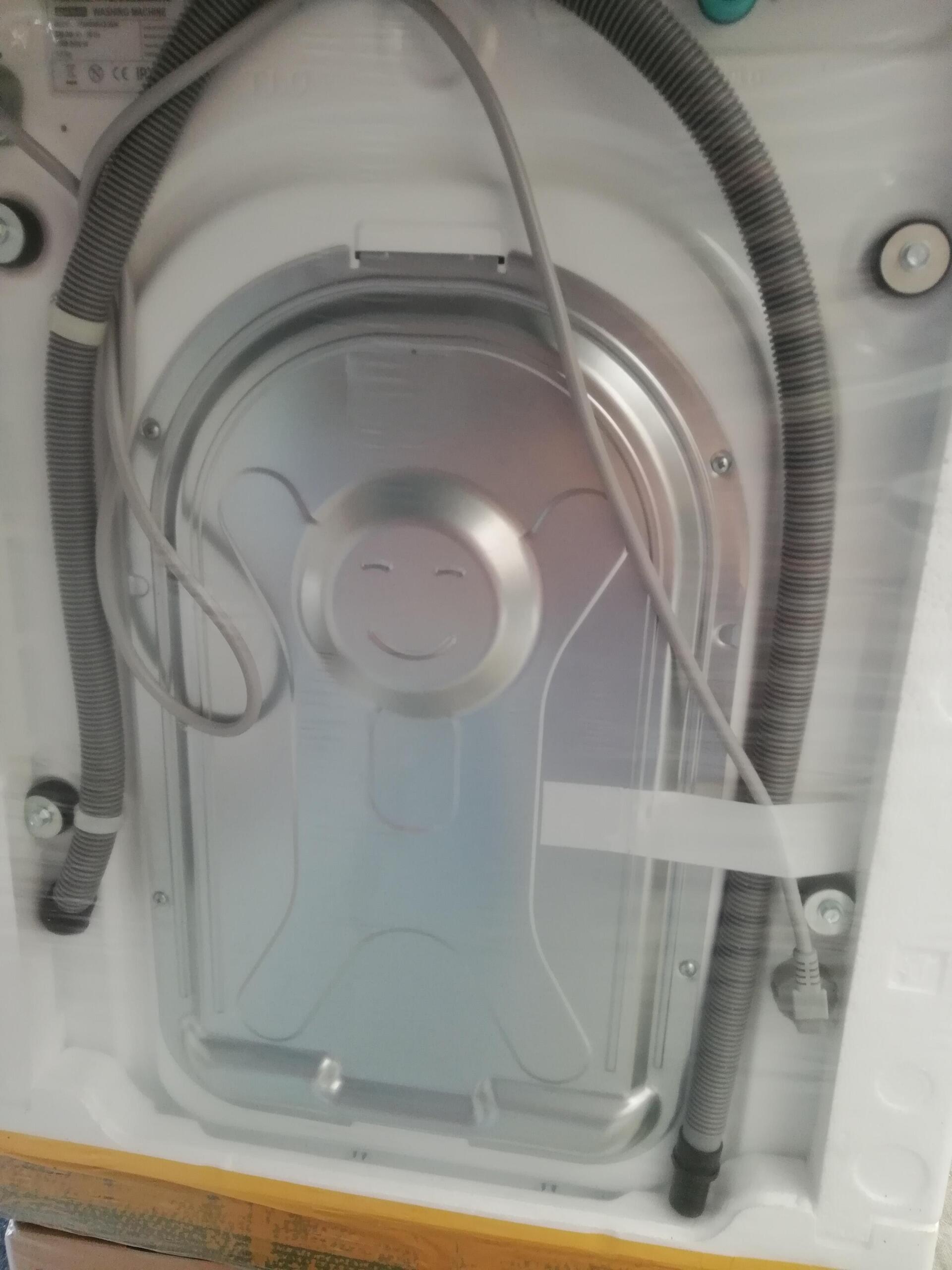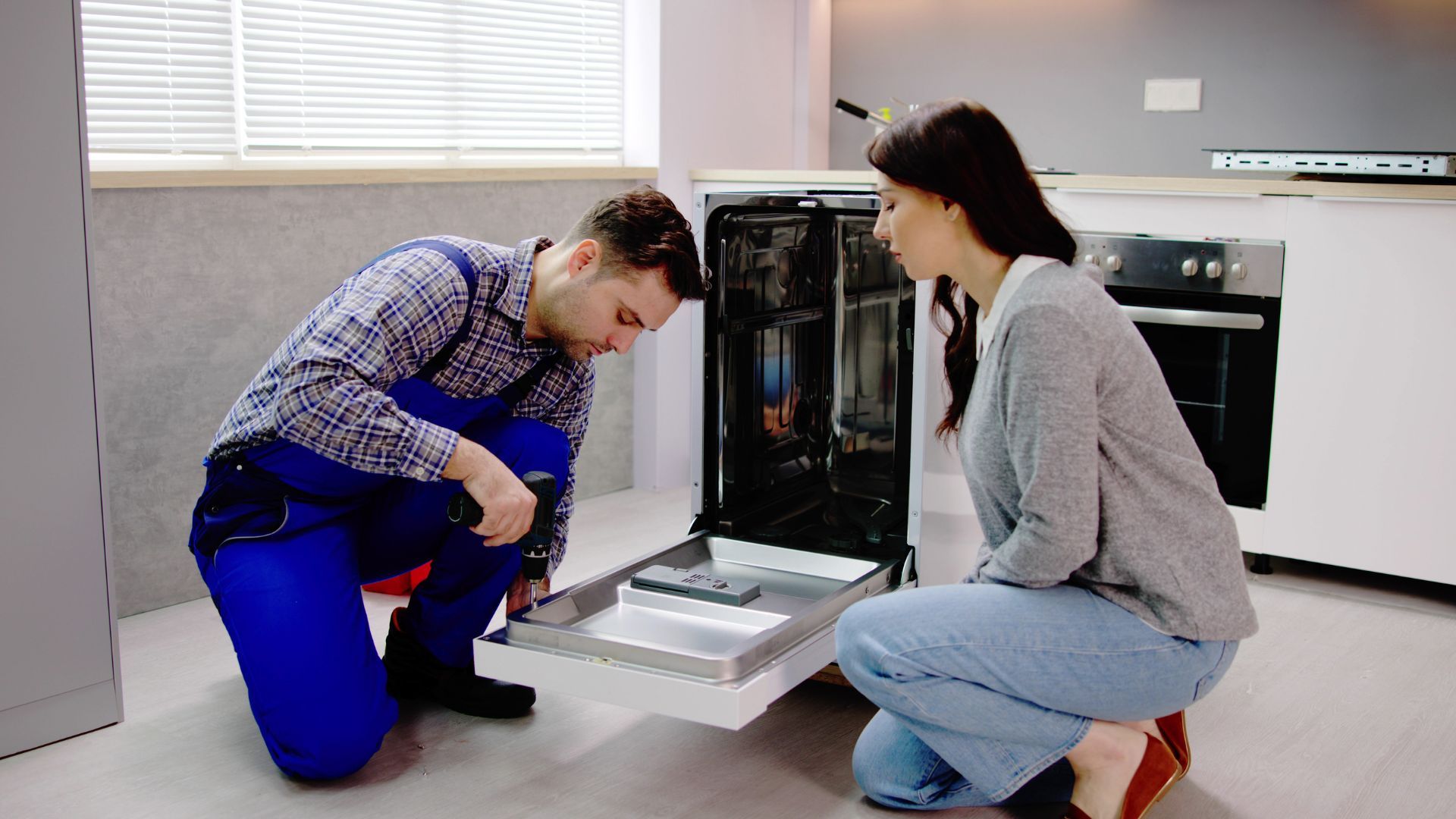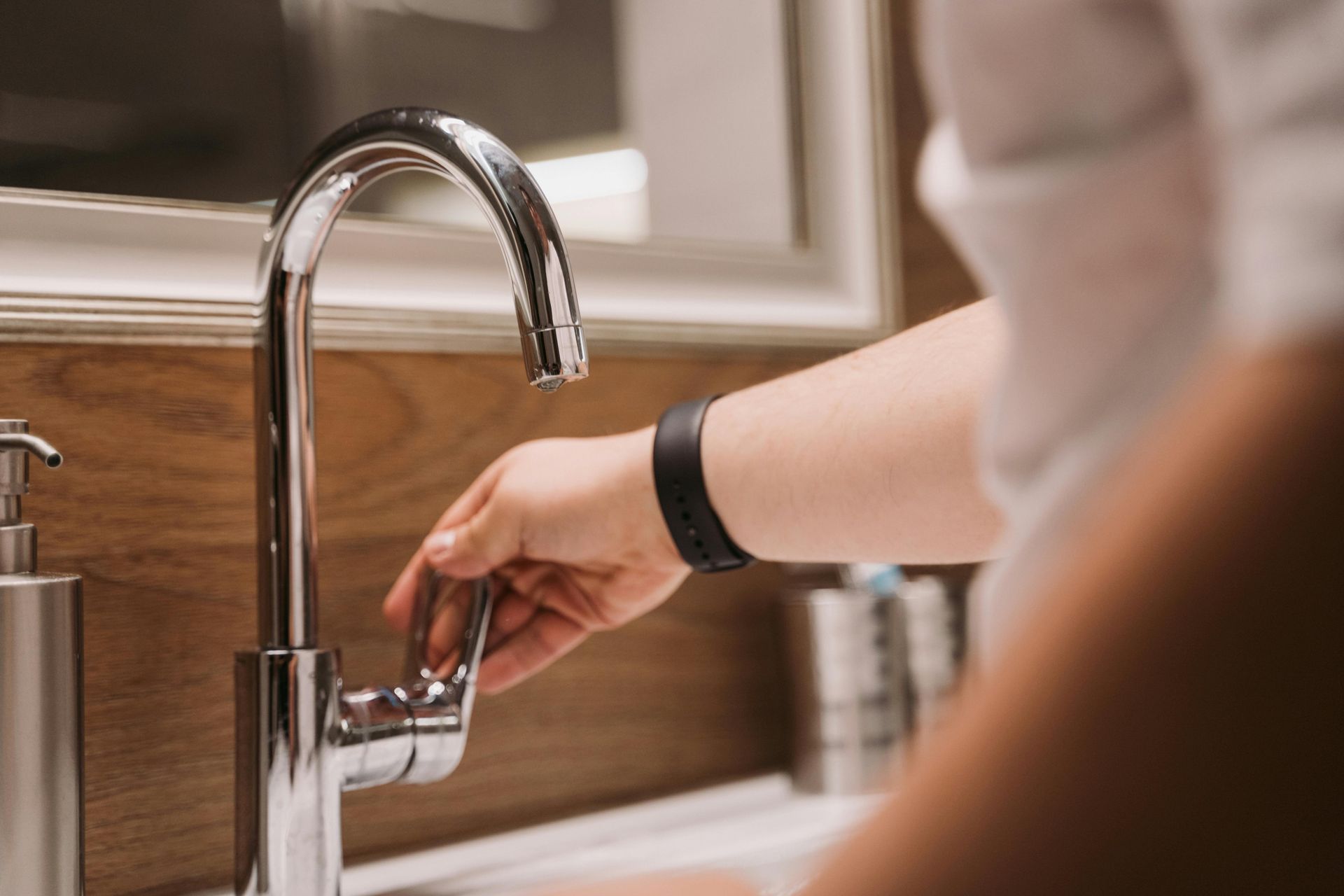Ultimate Guide for Washing Machine Hoses
How often do you think about your washing machine and its hoses?

Like most people, probably when something goes wrong. Don’t worry, the St. Catharines plumbers at a Rescue Rooter are pros with washing machine plumbing and can help you if needed. However, here’s some information you should know about washing machine water hoses before an issue occurs.
If you experience a flood in your home, chances are a worn-out washing machine water hose is the culprit. You may think that washing machine water hoses don’t need to be replaced regularly but they should be replaced because they could burst and cause water damage to your home. You really don’t need that issue! If you like, you can replace a washing machine water hose yourself. If your washing machine water hoses are over three to five years old, it may be a good idea to replace them to prevent costly flooding.
Washing machine water hoses are made of the following materials:
- Rubber is what most of them are made with. They’re what most homeowners use because they cost-effective and easy to use.
- Stainless steel is the other popular material that are used washing machine water hose. They are really made of plastic and encased in stainless steel. Stainless steel is the most durable but not “burst proof.”
If you’re really not sure which material to use, call on your St. Catharines plumber at A Rescue Rooter. They may even suggest a washing machine water hose extension is needed.
For the DIY folks, make sure you follow these steps:
1. Turn off the water supply to the washing machine.
2. Unplug the washing machine.
3. Pull the washing machine away from the wall.
4. Take note of the locations of the hot and cold water connections.
5. Unscrew each washing machine water hose from the machine and put the ends in a bucket or laundry sink to keep area dry.
6. Install the new hoses hot to hot, cold to cold and tighten them gently. Pliers will work.
7. Put the washing machine back and while making sure the new washing machine water hoses are not kinked.
8. Turn the water back on while checking for leaks.
9. Plug the washing machine back in.
For all your commercial, residential and industrial plumbing needs, you can trust A Rescue Rooter in St. Catharines. Contact them at (905) 521-8284 or complete their online form. They are a family run business who are available to you 24 hours a day, 7 days a week. A Rescue Rooter will provide you with a free quote for your washing machine plumbing issues as well as all your general plumbing needs. They are fully insured and have all your plumbing needs covered and they won’t charge a Premium Rate in an emergency.
Thanks to their 40+ years of plumbing experience, they know plumbing problems vary widely. That's why they have a fleet of more than 10 fully equipped trucks and a staff of licensed, certified plumbers in St. Catharines They rely on their industry knowledge and up-to-date techniques, like CCTV video inspections, to resolve your plumbing crisis.
A Rescue Rooter, your plumber in St. Catharines! (905) 521-8284






